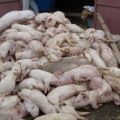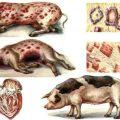Causes of the appearance of red spots in pig diseases, what to do and how to treat
Raising pets requires certain knowledge from the farmer. In a private courtyard, in a livestock farm, sick individuals are found. But the meat of such animals cannot be eaten. You need to be able to determine the disease, seeing on the skin red spots in pigs, to carry out competent treatment.
Causes of the appearance of red spots in pigs
Skin rashes on pigs are not uncommon. Most often they are associated with the inability to create comfortable conditions for the animals. When pigs are kept in dirty, unventilated rooms, they are not given vaccinations on time, they are fed poorly, then disease will begin from any minor wound on the skin. The consequences of infection can be unpredictable.
Dermatitis
The very name of the pathology indicates the presence of inflammatory processes in the deep layers of the skin. Having scratched the body, the pig allows pathogenic bacteria, viruses, fungi to penetrate into the dermis. The inflammation caused by microorganisms spreads further, infecting neighboring areas. The pathological process is faster when there is a shortage of vitamin B in the animal's body. A large amount of proteins in the feed is an excellent soil for the development of dermatitis.
When the pig becomes covered with red spots, then it is necessary to see if there is swelling of the tissues, to determine the presence of purulent discharge from the wounds.
In the latter case, the development of the infection is detected. Along with purulent inflammation, there is ulceration of the affected area, followed by tissue necrosis. The severity of the course of dermatitis depends on the timely started treatment of red spots. It is dangerous to leave an animal untreated, as this leads to the development of gangrene.
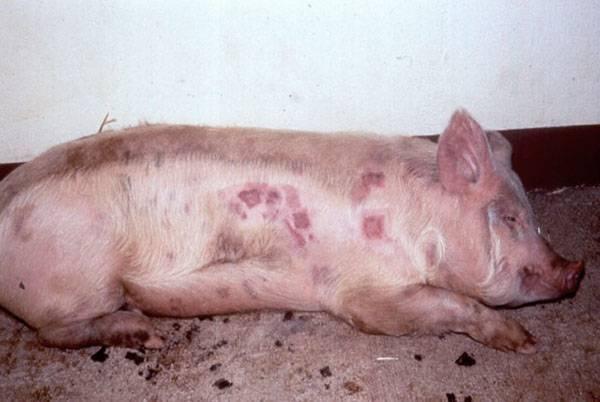
Trichophytosis
If the skin is affected by a fungus, it is necessary to identify the source of infection. If at least one individual is sick, it is necessary to protect the remaining pigs from contact with it. A fungal infection occurs when they begin to clean up with dirty equipment. The disease is carried by small rodents.
The main signs of trichophytosis include:
- the appearance of red spots;
- hair loss in infected areas;
- severe itching;
- anxiety in behavior.
In case of reddening of the skin of the pig, immediately contact the veterinarian.
Scabies
Pathology develops as a result of an itch mite entering the skin. There the parasite settles, gnawing at its own passages. Soon, the female lays eggs in the upper layers of the epidermis.
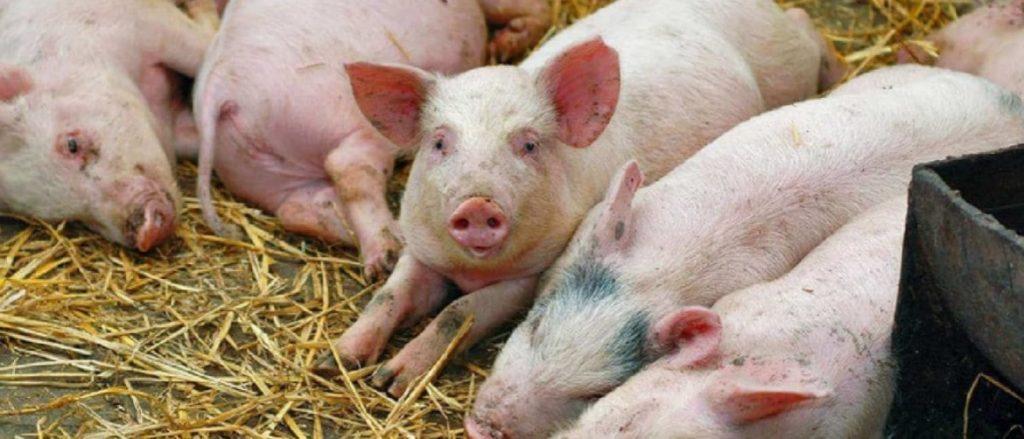
Most often the disease affects young piglets from 2 months to a year in the spring and autumn season. At the same time, the animals begin to scratch incessantly. Scabs form at the site of scratching.Pigs get infected from each other. The tick can pass to other representatives of livestock, humans. Most often, the disease is chronic, protracted. Mass infection of piglets leads to weight loss, weakening of animals.
Furunculosis
When the skin is damaged by staphylococcus, pus accumulates in the hair follicles on the skin. Loose tissue around becomes inflamed, reddens. With the naked eye, you can see the swelling of the tissues around the affected area.
The reasons for the appearance of inflammation should include the fact that the pig:
- is kept in a dirty room;
- combing the skin;
- does not get enough vitamins;
- has a metabolic disorder.
The appearance of pustules should alert the farmer. He should pay attention to the nutrition and maintenance of pigs.
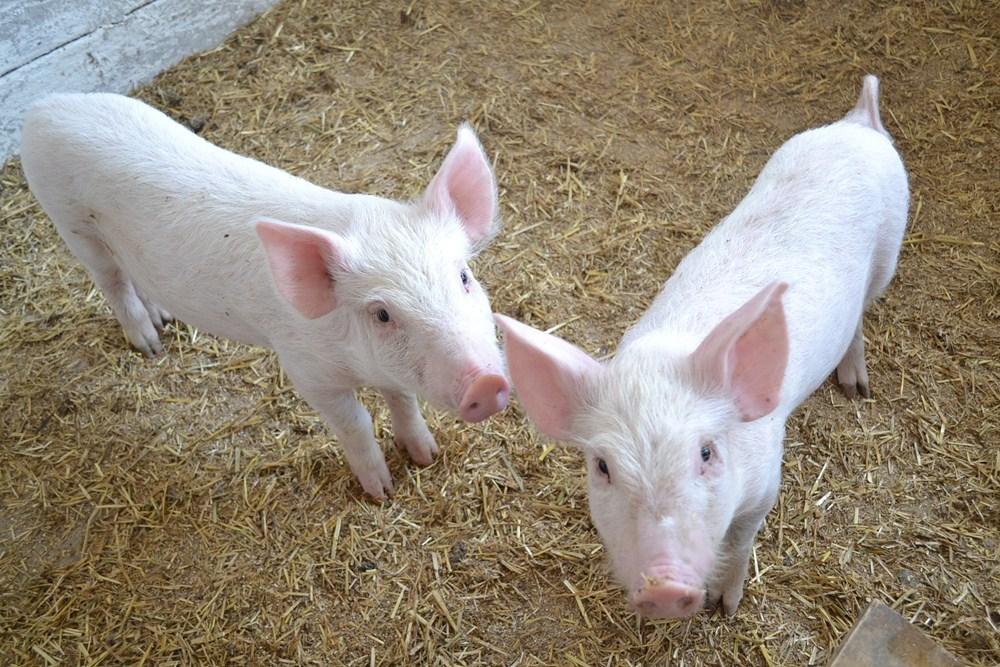
Vesicular disease
The formation of ulcers and vesicles on the skin is the first symptom of the disease. They are joined by high body temperature. In the first days of infection, the piglet is sluggish and has a poor appetite. The vesicles cover the limbs of pigs, partly the muzzle and tongue. Inside the formations - a light yellow liquid, which is poured out after opening the vesicles. Ulcers remain on the affected area. The virus that causes the disease is quite tenacious and is transmitted from sick animals to healthy ones.
Ringworm
Healthy animals can pick up lichen from sick pigs, contaminated equipment. Determine a fungal infection by:
- oval-shaped lesions on the skin;
- flaky areas;
- thickening of the epidermis;
- itching.
If the fungus sinks into the deep layers of the skin, then abscesses may occur.
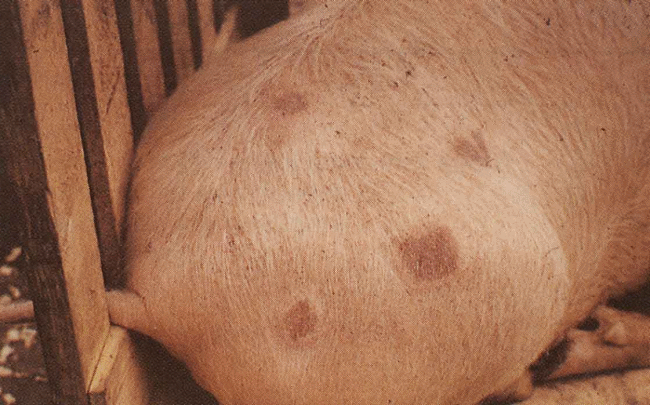
Erysipelas
The infection is caused by a bacterium that enters the pig. After a week, symptoms of erysipelas appear. The skin is affected, which turns red, and bluish spots are visible in the belly area. The animal has a high fever. The pig cannot get up, lies, refuses food.
The disease is especially dangerous without manifestations of a rash on the skin. It proceeds with lightning speed, affecting the entire body of the animal. The subacute form is characterized by a profuse skin rash. With the right treatment, the disease is cured within 1-2 weeks.
Treatment methods
Elimination of the symptoms of the disease is associated with the selection of therapeutic methods that act on the causative agent of the infection. They fight dermatitis by including antibiotics in activities. Mild forms are cured by smearing red spots on the skin with an ointment with Furacilin. Compresses with Chlorhexidine help. A severe course of inflammation can be removed with intramuscular injections of penicillin.
Fungal diseases? like trichophytosis or ringworm? can be treated with antiseptics. Ointments containing zinc and sulfur are effective.
A piglet will get rid of scabies by spraying its skin with a solution of Neostomazan with a concentration of 1%. Before processing, gently wash the skin from crusts and dirt using a soapy solution of warm water with creosote. Among the anti-scab drugs, the most effective are Doramectin and Ivermectin, which are administered intramuscularly 1 time in 14 days.
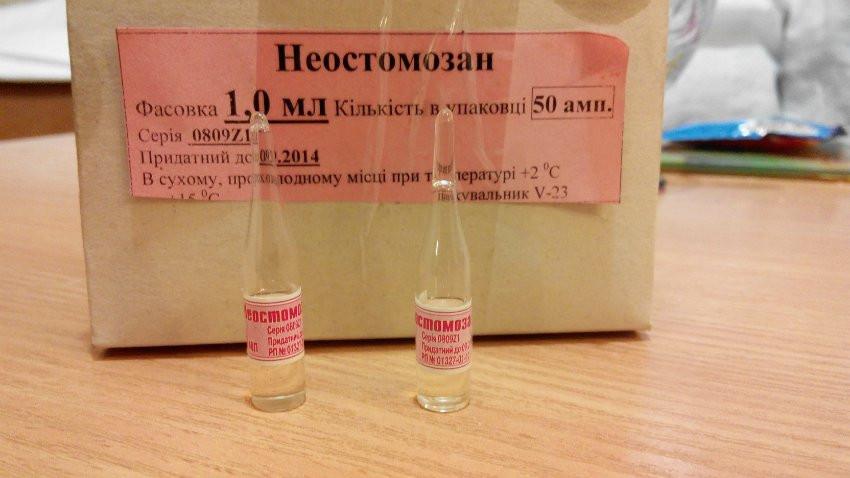
Boils in pigs must be dealt with by treatment with alcohol solutions. This includes iodine, salicylic alcohol, and brilliant green. Applications with ichthyol ointment help. Vesicular disease requires specialist treatment. And for erysipelas, antibacterial drugs are needed.
Prevention
Raising highly productive, healthy pigs is a complex business that requires zootechnical skills. To protect the livestock of pigs from diseases it is necessary to keep the animals properly. Access roads around the farm must be disinfected. Employees are not allowed to wear dirty overalls. All work equipment is regularly treated with antiseptic solutions.
At the first signs of disease, red spots on the skin, the individual is removed from healthy livestock. The most common cause of disease is inaccuracies in the nutrition and maintenance of pigs. The piglets become infected from the sow. Individuals should be vaccinated on time, young animals should be removed from adult animals.



